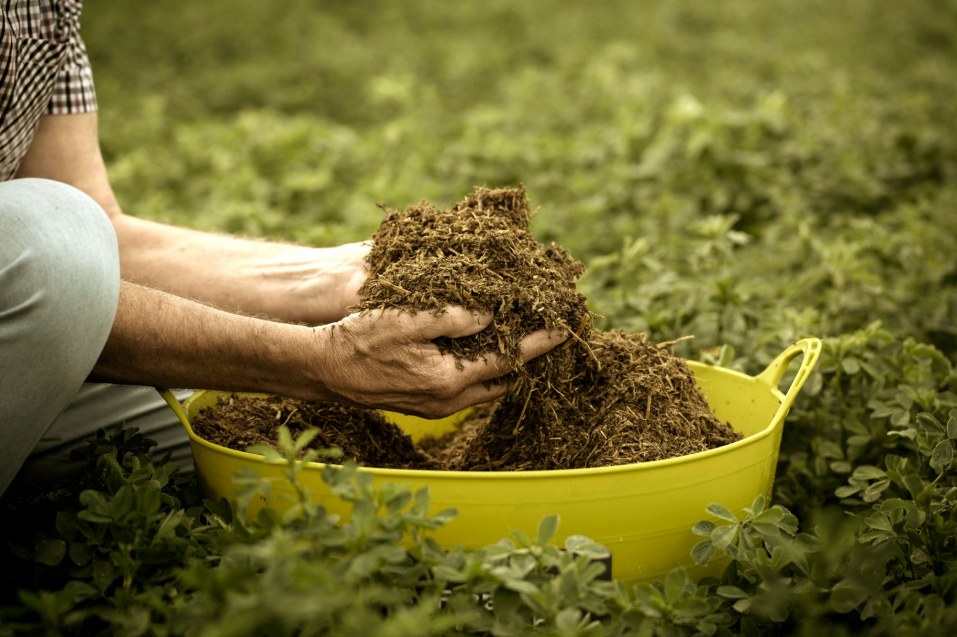
For a healthy functioning digestive system all horses require a minimum of 1% of their body weight in fibre (Dry matter) per day. Ideally it needs to be available 24/7 to allow for their digestive system to function as nature intended. Horses are designed to graze moist forages ~ 18 hours per day and have a behavioural craving for fibre/ chewing activity.
Their gut is designed to be full of forage,
• Forage in the stomach to control acidity
• Keep the whole gut at correct pH
• Keep the hindgut full to prevent twists/kinks
• Fuel the microbes that extract energy from forage for the horse
• Constant slow release energy for the horse
Any equine diet should be comprised of at least 50% fibre - or more. Inadequate forage fibre can lead to acidosis – leading to ulcers, laminitis, tying up, wind sucking, also colic, choke, and consumption of alternatives e.g. bedding, cribbing and/or potential metabolic problems.
This fibre requirement can come from grass, hay, haylage, chaff, fermented forage (Fiber Fresh/ Equifibre), or beet. The amount and type offered will depend on age, body condition and workload.
During times of forage shortage, or if the horses are being offered a supplementary feed, a fibre source in the form of chaff is often used in the diet. Therefore, it makes sense to offer a fibre that meets dietary requirements, but is also more digestible (less waste per Kg of feed offered).
It is well documented that the fermented forages (Fiber Fresh and Equifibre) are superior to dry chaff alternatives, for the following reasons;
- Superior nutrient retention during the ensiling process (drying reduces many nutrients including Vitamins A and E) – shown in published trials. Ensiling captures 85-90% of the crop’s original nutrients.
- The protein % in the dry matter is significantly higher in an ensiled product, thus more protein per kg of DM, and in a digestible form. Better value per Kg of DM.
Higher digestibility (18% higher than dry chaff) – (Stowers et.al. 2013), meaning less wastage.
Equine essential Amino Acids, Lysine and Methionine were higher in the ensiled forage (Stowers et.al. 2013).
- Assists with passive hydration in the horses diet, which is helpful for those equines that don’t drink well - especially performance horses where extra water can aid in recovery following athletic performance.
- Not dusty – better for those horses with respiratory conditions
- It is also ideal for equines requiring low starch/sugar diet (<10% starch/sugars). International equine nutritional recommendations for laminitic/ laminitis prone horses and ponies is that sugar + starch content in feed is <10%. For this reason Lucerne is very highly recommended for low sugar diets. Most meadow hay is 10- 20% starch + soluble sugar and is still 5% once soaked – soaking doesn’t always remove a consistent amount of sugar.
- Fiber Protect 0.5-0.90% starch, 0.5-2.1% soluble sugars
- Fiber Ezy: 0.5-1.5% starch, 1-4% soluble sugars
The numerous reasons above show why fermented or moist forage such as Fiber Fresh or Equifibre is a very valid choice to include in your horses diet.
If you would like to find out more about our Equifibre and Fiber Fresh range please make contact with our Forage Specialist, Robyn Hirst. Robyn is only happy to help!

